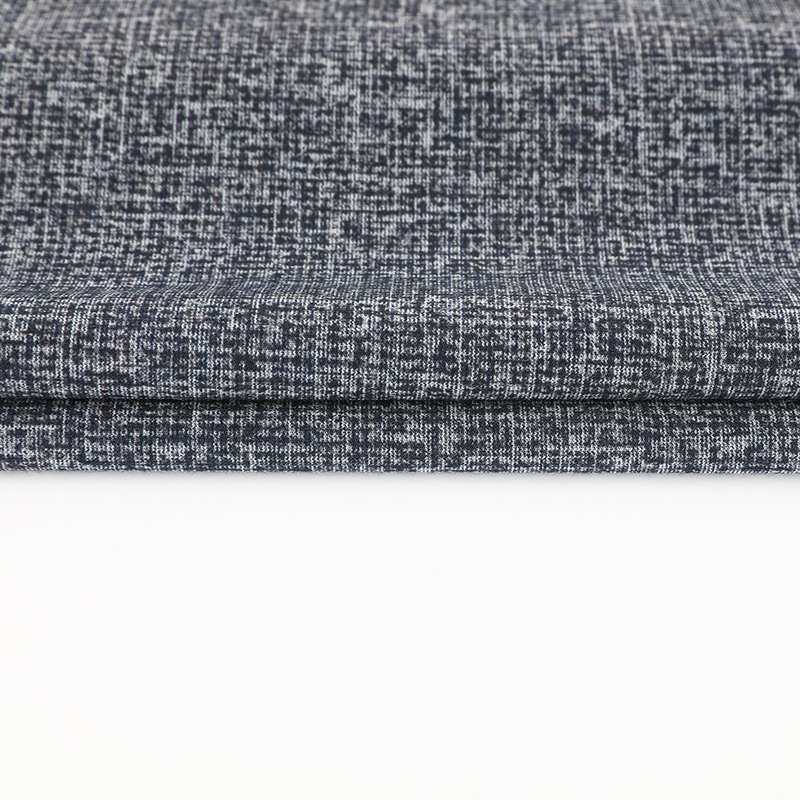 0571-82995618
0571-82995618 [email protected]
[email protected]- Wholesale Blended Fabrics Manufacturers
There are currently two main types of grading methods for textile color fastness: visual inspection and instrument inspection. The result of instrument inspection is only a numerical value, which is relatively stable for normal hue changes, but for some special reasons. Discoloration, the true condition of the sample cannot be reflected through the instrument inspection. Eye inspection is a sensory inspection, and it is a comprehensive conclusion that is relatively close to the correct value. Therefore, many inspection institutions still use eye inspection, but eye inspection is easily affected by objective and human subjective factors, resulting in errors in the evaluation results, so When grading, pay attention to the following aspects to reduce the generation of errors, thereby improving the accuracy and authenticity of the test results.
01
Rating environment: In order to avoid the influence of external light, the rating is best carried out in a darkroom, and the surrounding environment is neutral gray. It is recommended that the overalls worn by the rating personnel should also be gray, and no other debris can be placed next to the light box. Vision.
02
Grading angle: The grading platform is at a 45-degree angle, and the angle between the eyes and the specimen is perpendicular, so personnel need to adjust their sitting position appropriately according to their height when grading.
03
The selection of light source The light source of the rating requires that the D65 light source be selected according to the standard, and the rating should not be performed under natural daylight or general lighting conditions. The results of different rating environments will differ by at least half a level.
04
The order of rating: The raters need to rate a large number of samples of multiple colors every day, and the ratings are biased due to different color light stimuli. It is recommended to choose a certain ranking order according to the color. If there are dark and light colors, you can first rate the light color and then the dark color, so as to avoid eye irritation and make the rating error.
05
Personnel's own state: The technical level of the rater determines the accuracy and stability of the visual rating, and the emotional and mental state of the rater will affect the stable performance of his technical evaluation level, thereby affecting the accuracy of the evaluation result. Therefore, it is recommended that the raters do not perform color fastness ratings when there is insufficient sleep, poor mood, and eye fatigue, otherwise the evaluation results will be very biased.
06
Pasting of the sample: the original and the sample's warp and weft direction, grain direction, and pattern position should correspond to the same, and the down direction of the pile on the pile fabric (such as corduroy) must be kept the same, otherwise the deviation of the result may be large, especially the belt For fluffy fabrics, deviation 2 levels are possible.
07
Analysis of the grading process: the color fastness grading results include discoloration and staining.
(1) The color fastness can be any change of hue, depth, brightness, color, or a combination of two or three characteristics or more, so comprehensive analysis is required during evaluation, instead of simply observing the sample A change in a prominent feature. For some special samples, if they cannot be fully expressed by numbers, they can be supplemented by words.
(2) Staining fastness, pay attention to the color of different linings before staining, such as: polyester is brighter and whiter and shiny, and wool is more yellowish and poorer. These factors need to be taken into account when grading, so that the final evaluation The result will be more objective and accurate.


Hangzhou Jinfeng Textile Co., Ltd